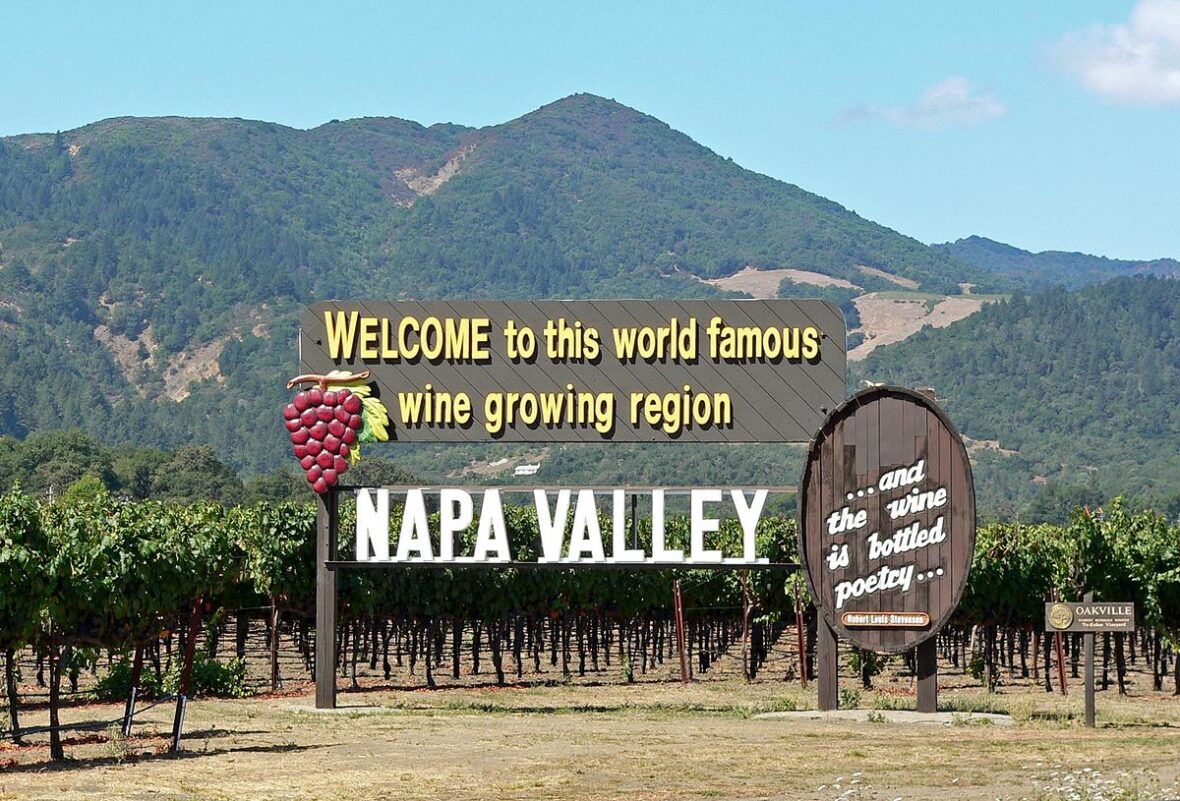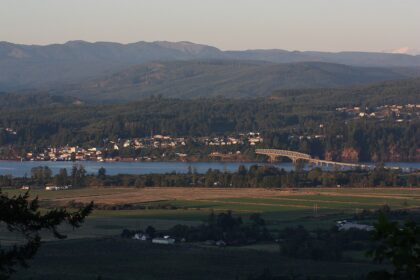Napa is the largest city and county seat of Napa County and a principal city of Wine Country in California. Take a look below for 15 interesting and fun facts about Napa, California, United States.
1. Located in the North Bay region of the Bay Area, the city had a population of 78,130 as of 2019.
2. Napa is a major tourist destination in California, known for its wineries, restaurants, and arts culture.
3. The name “Napa” was probably derived from the name given to a southern Nappan village whose native people shared the area with elk, deer, grizzlies and cougars for many centuries, according to Napa historian Kami Santiago.
4. At the time of the first recorded exploration into Napa Valley in 1823, the majority of the inhabitants consisted of Native American Indians.
5. Padre José Altimira, founder of Mission San Francisco Solano in Sonoma, led the expedition. Spanish priests converted some natives; the rest were attacked and dispersed by Mexican soldiers.
6. The first American immigrants began arriving in area in the 1830s.
7. Prior to the American Conquest of California, Napa Valley was in California’s District of Sonoma. At the time, its boundaries also included Lake County to the north. By this time, the indigenous people were either working as field laborers or living in small bands in the hills surrounding the valley.
8. Tensions between the white settlers and Native Americans broke into war in 1850, resulting in soldiers hunting down and killing all the natives they could find, driving the remainder north toward Clear Lake.
9. By 1870, the Native American population consisted of only a few laborers and servants working for the white settlers.
10. The City of Napa was founded by Nathan Coombs in 1847.
11. It was not the plan of General Mariano Guadalupe Vallejo. He had paid to survey for a township down river at Soscol Landing where riverboats could turn around. The Napa town site was surveyed on property Coombs had received from Nicolas Higuera, original holder of the Rancho Entre Napa, a Mexican land grant. The first record of a ship navigating the river was the Susana in 1842, though by 1850 the Dolphin became the first passenger steamship to navigate the Napa River in order to open another path of commerce.
12. In the mid-1850s, Napa’s Main Street rivaled that of many larger cities, with as many as 100 saddle horses tied to the fences on an average afternoon. John Patchett opened the first commercial winery in the county in 1859.
13. The Napa Valley Register founded by J.I. Horrell and L. Hoxie Strong made its debut on August 10, 1863 with weekly publications until becoming a daily newspaper in 1872.
14. The California Gold Rush of the late 1850s expanded Napa City. A tent city was erected along Main Street. Many cattle ranches were maintained, and the lumber industry had greatly expanded. Sawmills in the valley were in operation cutting up timber that was hauled by team to Napa, and then shipped out on the river to Benicia and San Francisco.
15. In 1858 the great silver rush began in Napa Valley, and miners eagerly flocked to the eastern hills. In the 1860s, mining carried on, in a large scale, with quicksilver mines operating in many areas of Napa County. The most noted mine was the Silverado Mine, near the summit of Mount Saint Helena. At this time, the first wave of rural, foreign laborers from coastal villages of China’s Canton province arrived in California, and at Napa County mines. A settlement for Chinese laborers in Napa was established in the early 1860s. At its peak from the 1880s to the early 1900s the Chinese population grew to a population of over 300 people.




